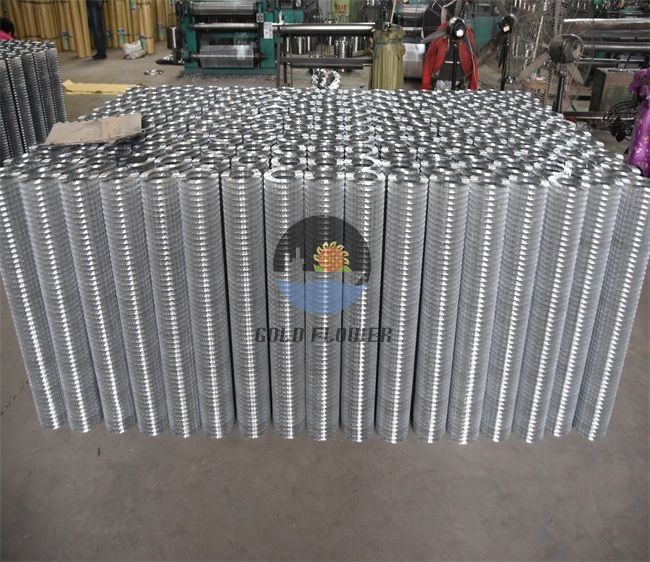Окт . 19, 2024 13:51 Back to list
steel gabion cages
The Rising Popularity of Steel Gabion Cages
In contemporary construction and civil engineering, steel gabion cages have emerged as a versatile and effective solution for various applications. These structures, typically made from woven wire mesh or welded wire, are filled with rocks, stones, or other materials, creating a durable and aesthetically pleasing defense against erosion and soil movement. With their increasing acceptance in landscaping, road construction, and environmental management, understanding the features and benefits of steel gabion cages is essential for architects, engineers, and homeowners alike.
What are Steel Gabion Cages?
Steel gabion cages are essentially wire mesh containers that are designed to hold materials such as stones, concrete, or bricks. The cages are often rectangular or square in shape and can vary in size, making them adaptable for different applications. The wire used in the construction of these cages is usually galvanized or coated with PVC to enhance its corrosion resistance and longevity.
Gabions originated in the military for fortification purposes, but their practical applications have expanded significantly over the years. Today, they play an essential role in civil engineering by providing structural integrity to various projects, especially in managing slope stability and controlling erosion on riverbanks or construction sites.
Advantages of Steel Gabion Cages
1. Durability and Longevity The use of high-grade steel wire, especially when coated for added protection, ensures that gabion structures can withstand harsh environmental conditions for decades. This durability minimizes maintenance costs and the need for frequent replacements.
2. Cost-Effectiveness Compared to traditional retaining walls and other erosion control measures, steel gabion cages can be a more economical option. Materials required for filling the cages—such as local stones or recycled concrete—are often readily available and inexpensive.
3. Environmental Benefits Gabions are one of the most eco-friendly options for erosion control. They allow for the natural flow of water while promoting vegetation growth, which helps stabilize the soil. The incorporation of natural materials also prevents the disruption of local ecosystems.
steel gabion cages

4. Aesthetic Flexibility Steel gabion cages can blend seamlessly into their surroundings, providing an attractive alternative to concrete walls. By choosing different types of fill materials and arranging them in artistic patterns, they can enhance the visual appeal of any landscape.
5. Ease of Installation Gabion cages are relatively easy to transport and assemble. They can be constructed on-site, which simplifies logistics and accelerates project timelines. Moreover, their modular nature allows for the easy adjustment of their length and height according to specific project requirements.
Applications of Steel Gabion Cages
1. Erosion Control One of the primary uses of steel gabion cages is to stabilize slopes and prevent soil erosion in areas prone to heavy rainfall or flooding. By placing gabions at strategic points along hillsides, engineers can significantly reduce erosion at the foundation of structures.
2. Retaining Walls Steel gabion cages are frequently employed in the construction of retaining walls. They effectively manage the forces exerted by soil and prevents landslides, making them an essential element in hillside environmental management.
3. Riverbank Stabilization By creating a barrier with gabions, riverbanks can be fortified against erosion caused by water flow. It facilitates not only the protection of transportation routes but also preserves local ecosystems.
4. Landscaping Features Due to their aesthetic versatility, gabions are increasingly employed in landscaping projects. They can serve as decorative elements, create seating areas, or be integrated into garden designs, adding both functionality and beauty.
Conclusion
Steel gabion cages present an innovative and sustainable approach to solving some of the most pressing challenges in construction and environmental management. Their versatility, durability, and cost-effectiveness make them a favorable choice for engineers and landscape architects. As the construction industry continues to evolve, the integration of gabion technology will undoubtedly play a significant role in the development of resilient infrastructure and environmentally friendly practices. Whether used for practical engineering solutions or decorative purposes, steel gabion cages are set to remain an essential component of modern construction.
share
-
Premium Stainless Steel Netting Mesh Discount & ODM Stainless Steel Wire Mesh Solutions
NewsJun.24,2025
-
High-Quality Screen Stone for Modern Stone Screen Walls Elegant Facade Solutions
NewsJun.10,2025
-
High Quality Wire Filter – Cheap Stainless Steel Filter Wire Mesh Cloth & Wire Mesh Filter Solutions
NewsJun.10,2025
-
5 Micron Water Filter Cartridge - Premium Sediment Filtration, Universal Fit
NewsJun.10,2025
-
High Quality CE-Certified Gabion Boxes with OEM Options
NewsJun.10,2025
-
20x20x2 Air Filter High-Efficiency Dust Filtration for Clean Air
NewsJun.10,2025

